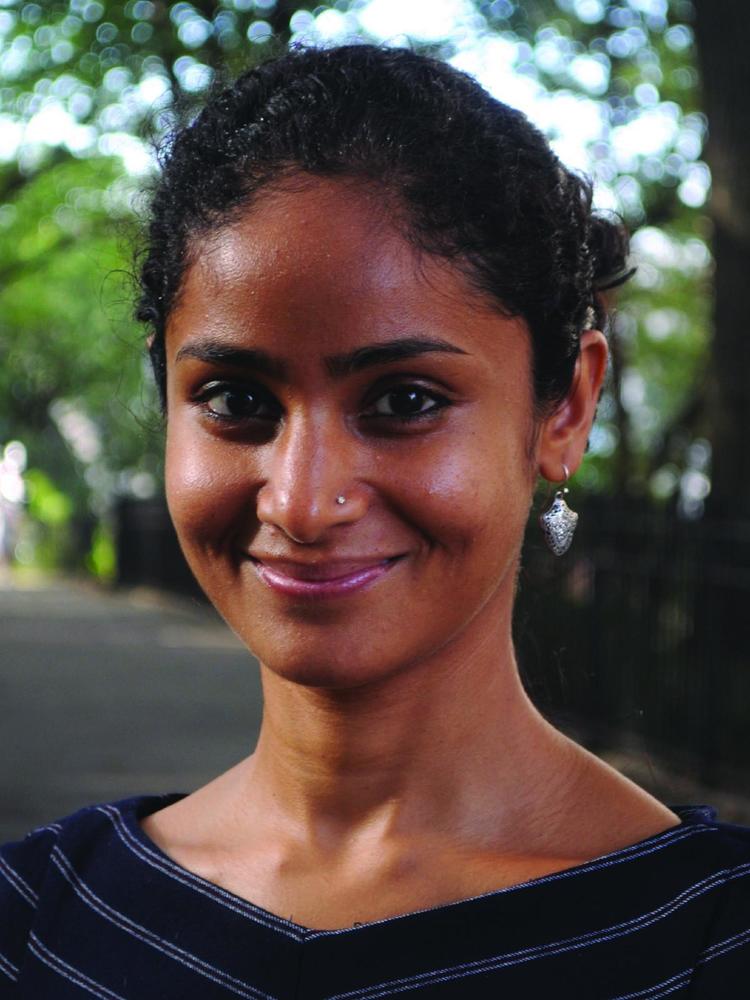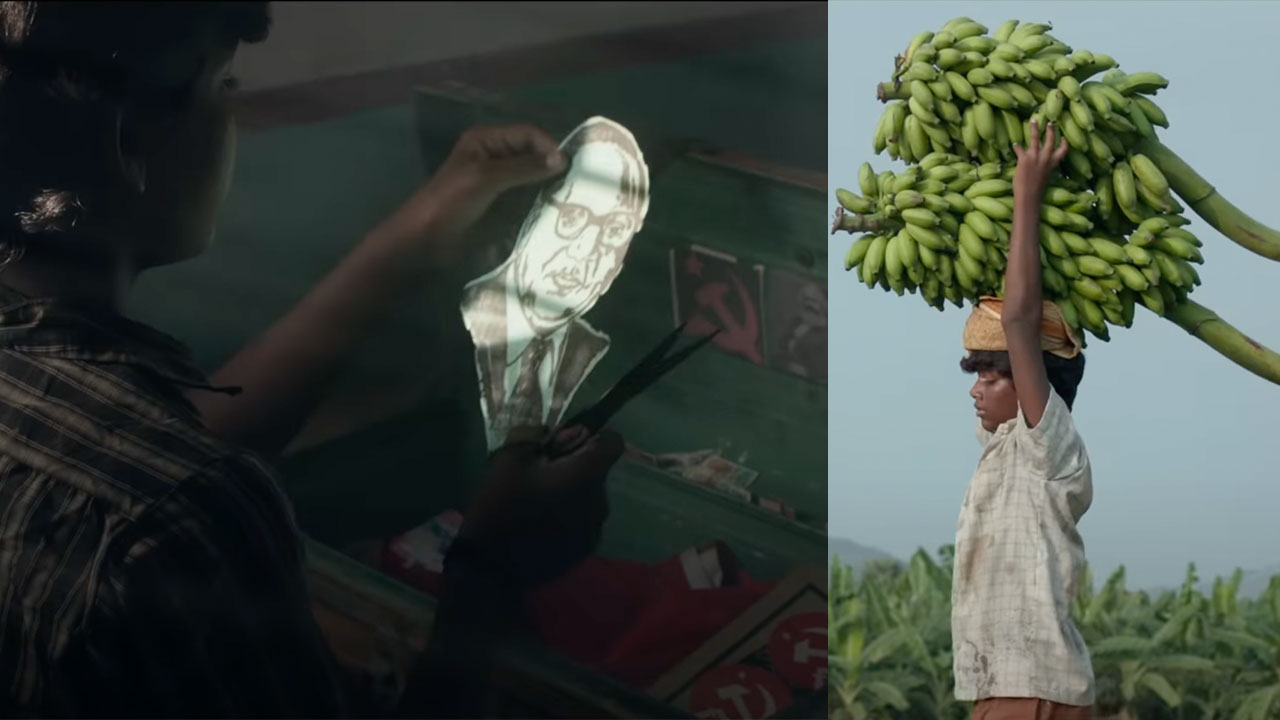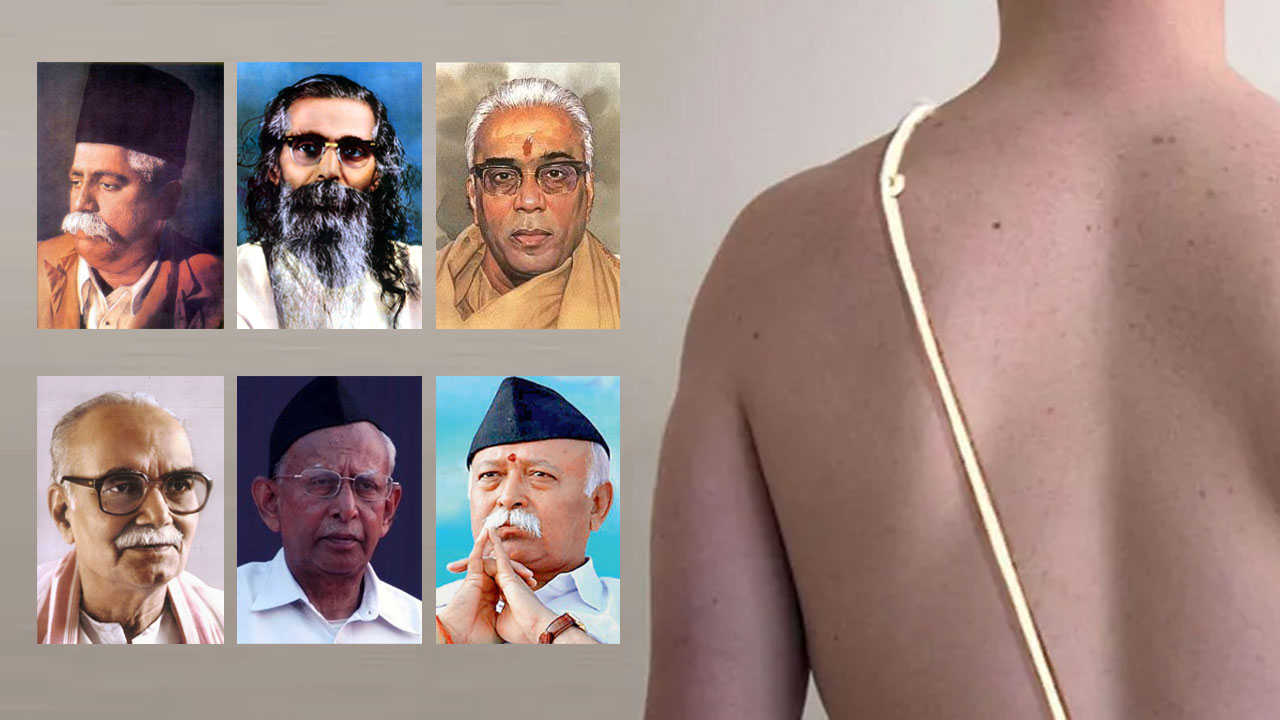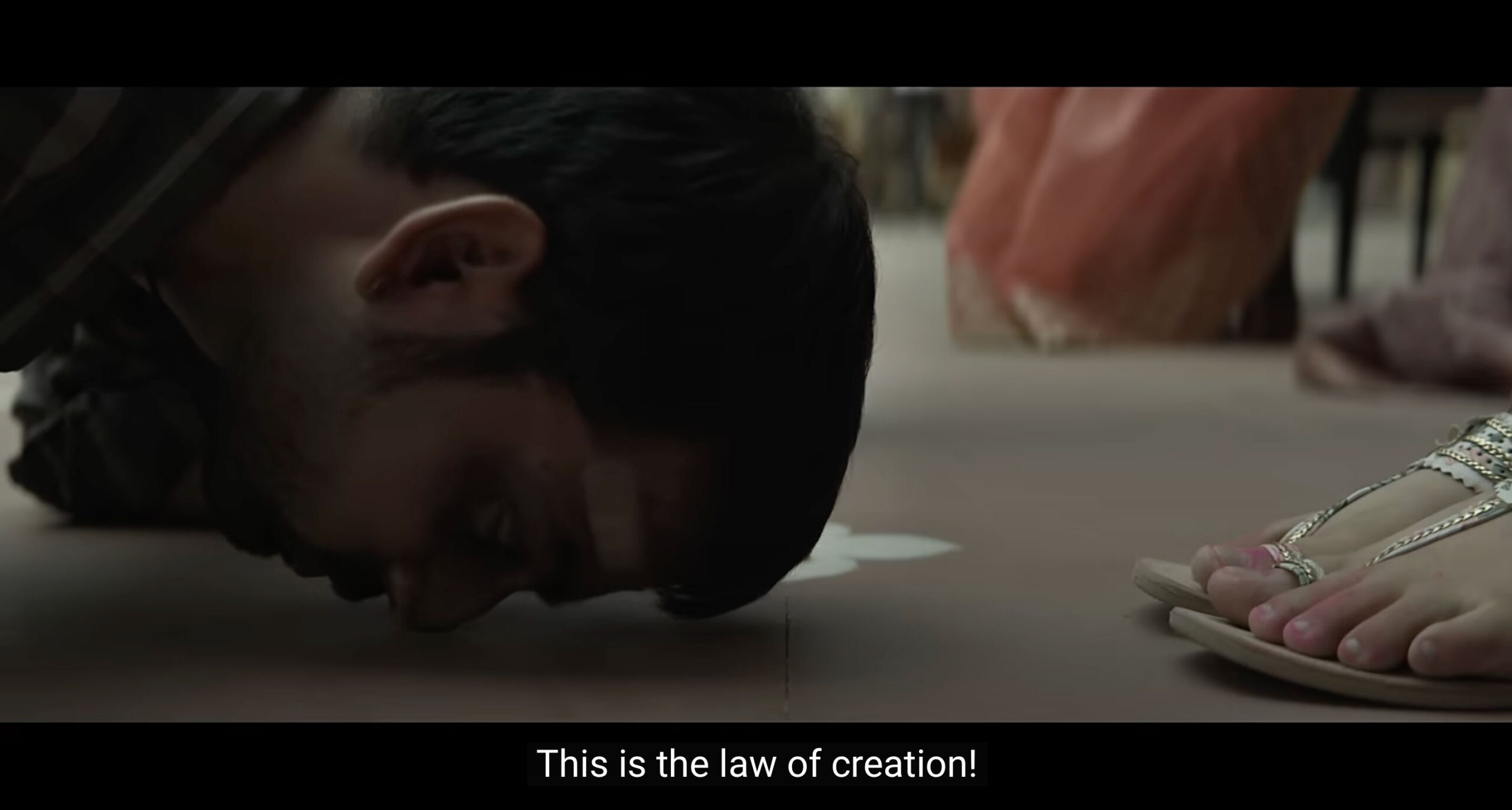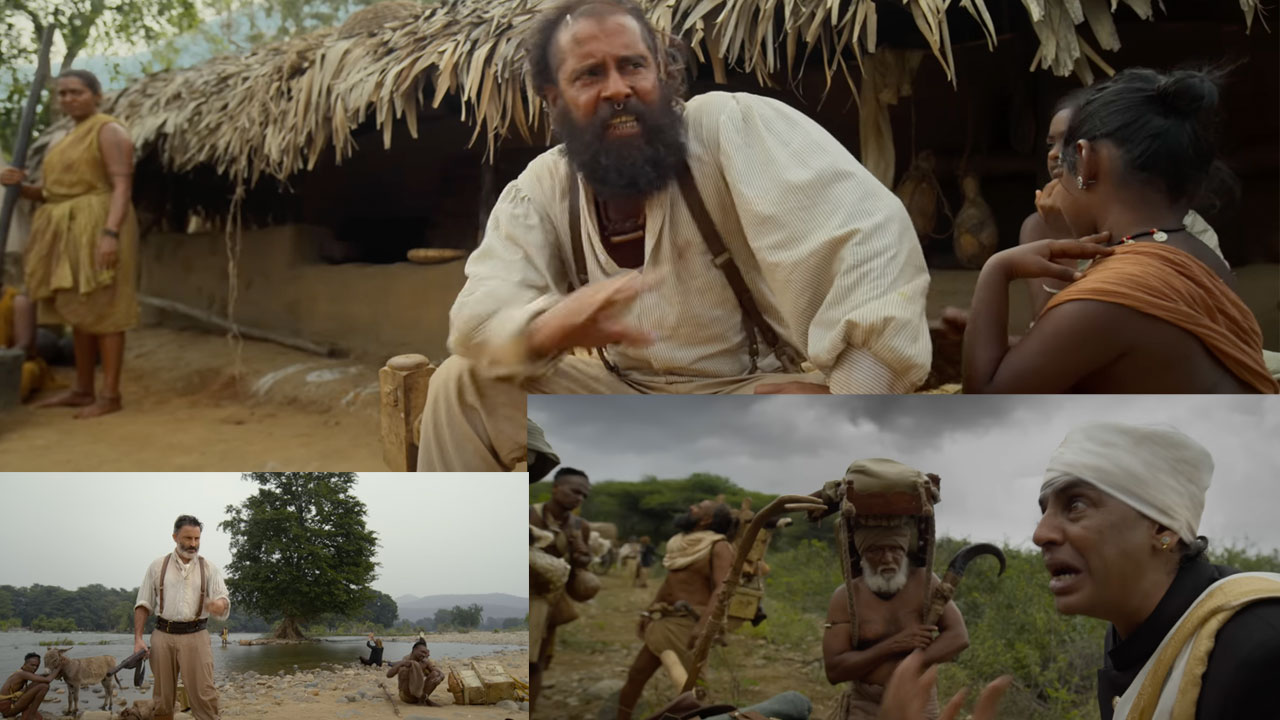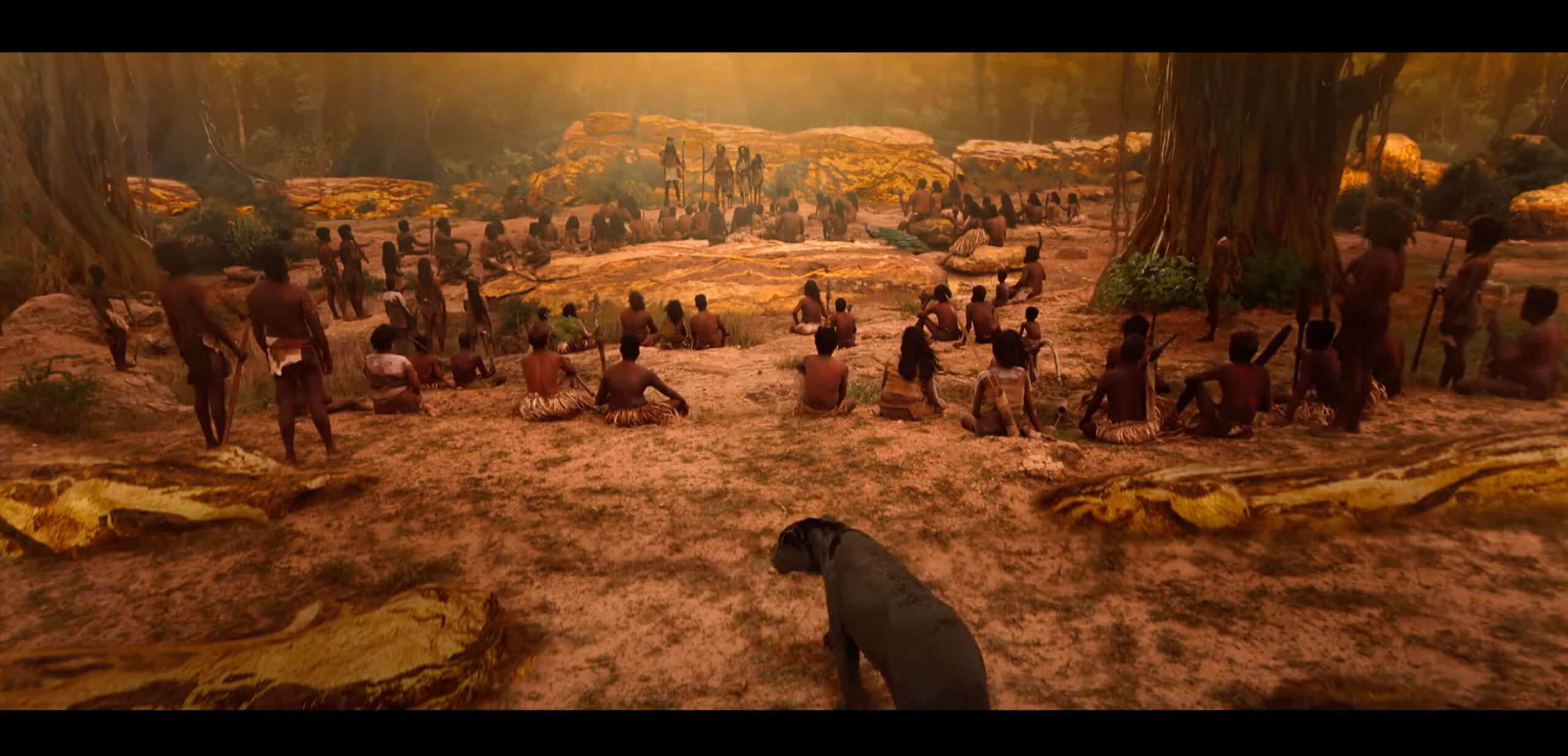An excerpt from Divya Cherian’s ‘Merchants of Virtue: Hindus, Muslims, and Untouchables in Eighteenth-Century South Asia’ (Navayana)
Generations of historical research have firmly laid to rest for scholars of South Asia the conception of a timeless India lacking in history produced and nurtured by colonial administrators and historians, of which an unchanging, hereditary caste order was a key pillar. Nicholas Dirks and Sumit Guha have shown that in precolonial South Asia, kings were integral to caste politics and hierarchies, that caste orders changed over time and were not anchored in brahmanical scripture and ideals alone, and that caste was only one of many loci of identity. The picture of a timeless caste “system”, however, persists in popular discourse, albeit reborn among some quarters as a relatively benign order of occupational and “worth”-based stratification. Yet, … there was a limit to the fluidity or negotiability of caste and that limit stood at the boundary that separated the bhangi (or halalkhor) – the remover of household and bodily waste – from all others and which served to anchor the precolonial conception of the Untouchable. The figure of the bhangi embodied in elite minds the specter of Untouchability, a living and tangible vector of it that lived and worked within caste society. The bhangi, as the Untouchable par excellence, could be amalgamated with other castes deemed “proximate” … to draw a line separating caste from outcaste. In the eyes of caste elites, this line was not fixed and, depending on context, could shift so far as to include almost everyone but the rajputs (landed warrior elites), brahmans (priests, scholars, and scribes), and merchants. The bhangi, however, was indisputably and always “untouchable.”
The margins of caste society then faded from fullest inclusion to total exclusion, with the bhangi marking the core of the always excluded. Proximity to the bhangi, whether real or imagined, placed others at risk of being rendered beyond the pale of social inclusion. This perhaps also explains what Ramnarayan Rawat and K. Satyanarayana have called the “Gandhian Harijan ideology”, which represented Dalits through “the stereotype of the bhangi (scavenger) figure and stigmatized victim in need of reform from above.” M.K. Gandhi, as a merchant-caste man who came of age in western India about a century after the period about which I write here came to a close, likely inherited the perspective on untouchability and its embodiment in the bhangi that the records of the Rathor state reflect. There was, it appears, a deeper history to the reading of the bhangi as the emblem of untouchability. This in turn makes clear that among the merchant, brahman, and other elite-caste actors who petitioned the state, concerns with ritual purity and pollution, though certainly not the only and “encompassing” principles ordering caste society and life within it, did guide behavior and priorities. These ideas of purity and pollution were centered on the body, generating particular forms of exclusion in which touch, bodily substances, descent, and other corporeal aspects of personhood were central.
While historians have written about “untouchable” communities in the colonial and postcolonial periods, the focus of their analysis remains on the transformations wrought by modernity upon the history of these groups. Still, these studies have made preliminary efforts to understand the precolonial context preceding the changes they trace, and I hope to build on their efforts.
Understanding Hindu-ness and caste in precolonial South Asia requires a close engagement with the history of the construction and practice through law of untouchability. The state, its law, and its administrative machinery were integral to the operation of caste, not just through the distribution of honors and kingly substance as gifts, but also through direct interventions in favor of local elites. In this history, it was not an already-defined, textually derived set of brahmanical values that formed the axis along which localized caste orders and their exclusions occurred in the eighteenth century. Instead, the ideals and practices of other, nonbrahman caste groups could play a role in shaping the ethical, social, and bodily requirements of elite caste rank and in constructing ideological notions of purity in precolonial South Asia.

… Where is the merchant in early modern South Asian history? And where is the merchant in histories of caste? While there are many studies of mercantile activity in the domain of trade and to a lesser extent politics, merchants remain peripheral to ideas about social change in early modern South Asia. This book suggests that the eighteenth century saw South Asian merchants make the leap from participants in state machinery to leaders of political change. Joining hands with others with more tenuous claims to courtly leadership, such as brahmans, the merchants of Marwar were catalysts in the crafting through state power of a new elite identity – the “Hindu”. When operationalized on the ground, it was defined not against the Muslim as such but rather in caste terms, against the specter of the Untouchable. The “Otherness” of the Muslim too was rendered legible through caste, with an emphasis on embodied difference. The “Untouchable”, in turn, was a social body named in these records as “achhep”, a term that translates to “untouchable”.
…
[1785] Two documents for the front room at the magistracy: Instruct everyone in these towns to recite the name of Sri Paramesvar (the Supreme Lord) two ghadis into the night pahar (or, about a quarter of an hour past sunset) every evening. Relay this to Hindus (hinduvaṃ) but not to the achhep (“untouchable”) castes, these being turaks, chamars, dhedhs, thoris, bavris, and halalkhors. By the order of His Highness, men from the magistracy should roam through the town daily, announcing that the name must always be recited two ghadis into the night pahar.
1 to Nagaur a mail carrier has been dispatched
1 to Merta has been sent with the mail carriers’ post
2 issued by Pancholi Nandram to whom it was told
The office of the Maharaja Vijai Singh (r. 1752-93) dispatched this order to two of its provincial capitals, the towns of Nagaur and Merta, in 1785. These towns were administrative headquarters for two of the most populous of the sixteen provinces that made up Vijai Singh’s kingdom of Marwar, situated in the southern and central parts of the modern-day state of Rajasthan in western India and sometimes also known by the name of its capital, Jodhpur. Both of the towns at the heart of the order were also regional centers of trade, and Nagaur had the added trait of being a busy center of Sufi pilgrimage due to the presence there of the shrine of Saint Hamiduddin Chishti. The order states quite plainly that all the Hindus (hinduvam) in these two towns should recite the holy name of Sri Paramesvar (literally, “Supreme Lord”) at a fixed time of evening each day. The wording of the order suggests that “Hindu” was an umbrella term that subsumed within it a number of castes. At the same time, the order makes amply clear that “Hindus” did not include members of another transcaste body – the Untouchable (achhep, literally “untouchable”). While leaving the constitution of “Hindu” vague, this state command defined clearly who exactly counted as Untouchable: Muslims (turaks), skinners and leatherworkers (ḍhedhs and chamars, who also worked as agricultural laborers in the countryside), vagrant hunters (thoris and bavris), and removers of human waste (halalkhors, also called bhangis elsewhere in these records).
This imagination of the local caste order can be discerned in a large number of petitions and commands inscribed in the Rathor records, making clear that this order, even if it articulated this vision in the starkest terms, was not an isolated one in terms of its import. In tracing this push for a clearer demarcation of caste boundaries in this region in eighteenth-century South Asia, I make three interventions. First, I argue that a heightened polarization of the caste order in some parts of South Asia was due to the local effects of economic shifts occurring at transregional and global scales. Second, I suggest that this emergent Hindu-ness was defined in caste terms, with the Muslim and the Untouchable reinforcing each other to make legible what the limits of Hindu-ness were. Third, I submit that the association between elite caste status and vegetarian diet on the one hand and between lowliness and eating meat on the other owes much to this chapter in South Asian history and to the rise of merchants to localized power in the early modern period. Gopal Guru and Sundar Sarukkai have called for a re-centering of the body and of everyday sensory experience in the conception of the social. In this book, I offer such a history of everyday and localized encounters between different sensory-ethical regimes focused on remaking social bodies. This fusing of lowliness and eating meat with being outsiders to the “Hindu” fold as defined in eighteenth-century, precolonial South Asia continues to be of significance to caste politics and everyday life in India and in the South Asian diaspora today.
(This is an edited excerpt where the academic notes and references have been removed. Excerpted with permission from Navayana.)
Forward Press also publishes books on Bahujan issues. Forward Press Books sheds light on the widespread problems as well as the finer aspects of Bahujan (Dalit, OBC, Adivasi, Nomadic, Pasmanda) society, culture, literature and politics. Contact us for a list of FP Books’ titles and to order. Mobile: +917827427311, Email: info@forwardmagazine.in)
